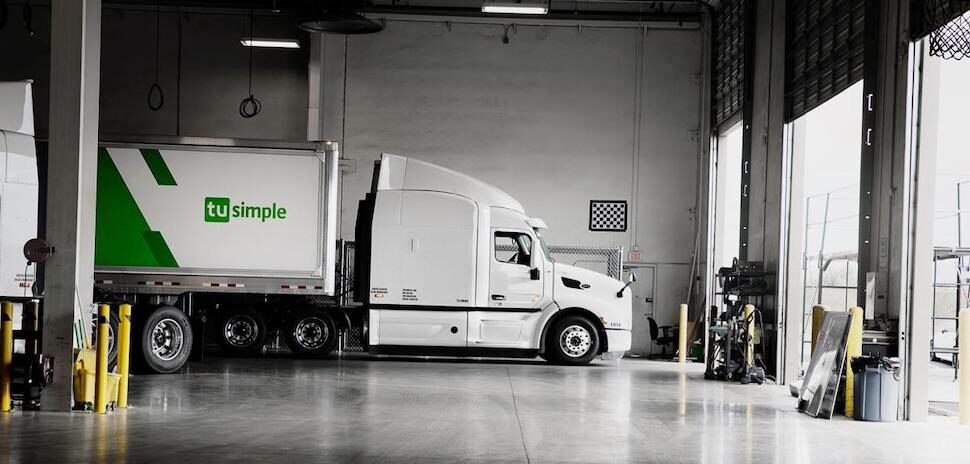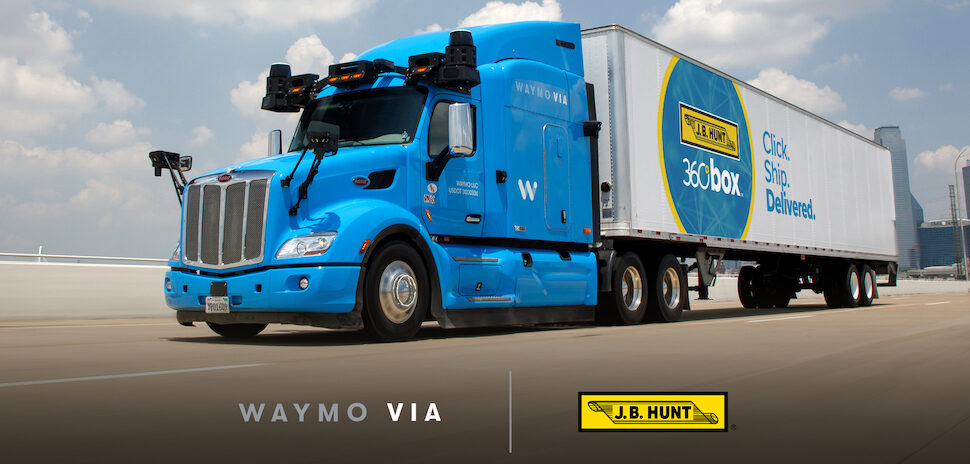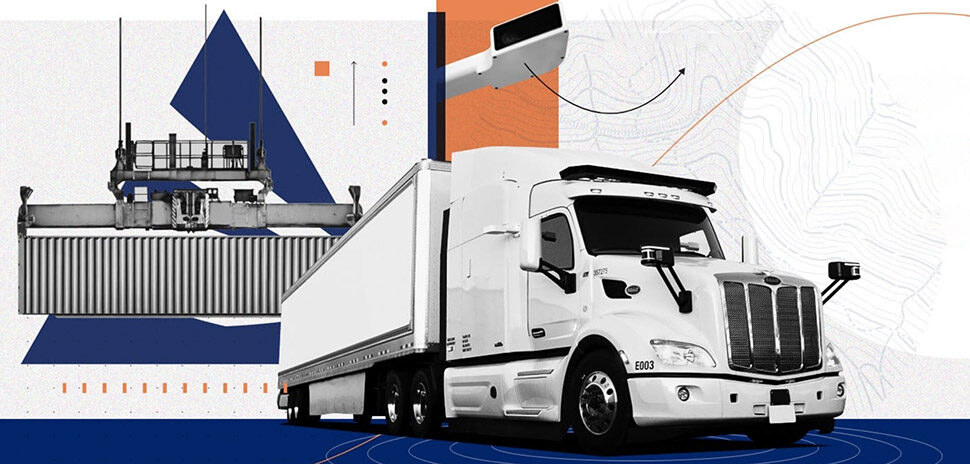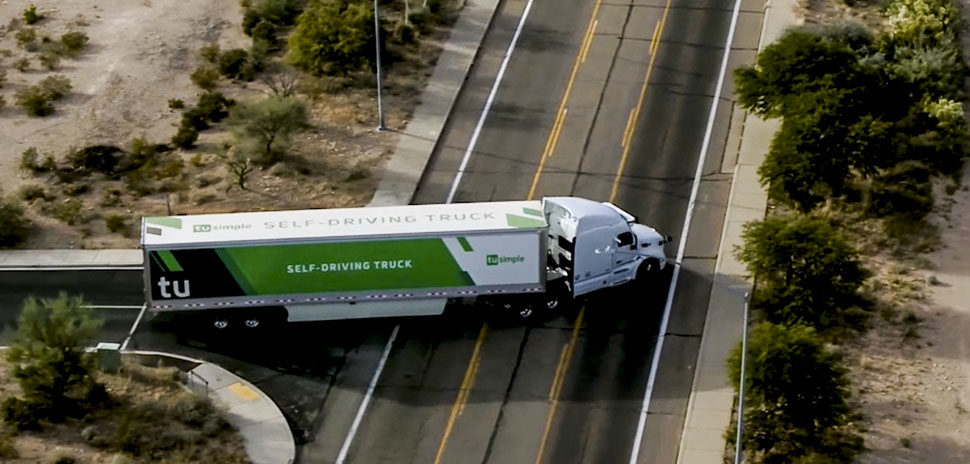Dallas-Fort Worth is now a “gateway market,” says Hillwood’s Bill Burton, who anticipates the region will see continued industrial growth for many reasons. Population centers, inland ports, airports, and seaports are key drivers of industrial growth—and “DFW has three of those four components.”
Burton is one of Hillwood’s leaders overseeing vision and strategy at AllianceTexas, which recently surpassed $100 billion in economic development for the region, according to a company release. Alliance is currently home to 559 companies and more than 53 million square feet of office, retail, and industrial space, with the latter being the region’s largest industrial submarket.
Alliance also is on the forefront of technology developments in transportation at the Mobility Innovation Zone, or MIZ, which includes drone testing, autonomous trucking, and autonomous movement of goods. Improvements in transportation and infrastructure are keys, Burton says, to keeping DFW’s economic engine firing on all cylinders.
Burton, executive vice president of Hillwood, is among the experts invited to share their thoughts on the CRE market for our recent DALLAS® magazine that focused on how DFW punches above its weight in commercial real estate. Here’s what he had to say in our “View from the Top Tier.”
What are the top reasons why North Texas is now one of the nation’s hottest markets for commercial real estate?
People underestimate the size and diversity of the North Texas economy. The GDP for North Texas is approximately $615 billion, and the GDP for the State of Texas is around $1.7 trillion. If we treated North Texas as a state, it would be the ninth-largest economy in the United States. As a country, North Texas would be the 24th largest economy in the world. Finance, insurance, healthcare, technology, manufacturing, and energy are all major industries in the region. Combine the strength and diversity of North Texas with a favorable tax policy, affordable housing, significant investment in infrastructure, a highly skilled workforce, and a government that helps businesses grow, and you begin to understand why DFW is a popular place for people to move and companies to flourish.
What major factors affect the region’s status as a top market for industrial development?
North Texas is now an inland port with the Union Pacific Railroad Intermodal facility in Southern Dallas and the BNSF Railroad Intermodal facility in Fort Worth at AllianceTexas. The BNSF Intermodal facility is now the busiest intermodal operation in their system with over one million lifts per year. DFW and Alliance Airports add tremendous, expedited air freight capacity with FedEx, UPS, and Amazon Air hubs.
DFW is also growing extremely fast, and there’s a direct correlation between the population in a region and industrial demand. Because we are a large consumer market and a large producer market, we also benefit from a more cost-effective transportation model, allowing us to serve a broader area, creating increased demand. The rapid growth in e-commerce will continue to increase that demand as well.
We’ve all felt the disruption in various supply chains over the last two years. The shock we have all been experiencing has also led to an increased demand for safety stock, another term for inventory, further adding to the demand for industrial real estate.
Another significant factor for growth will be reshoring and nearshoring for various industries and manufacturing operations. North Texas will benefit from manufacturing operations that locate their facilities in Texas such as the recently completed Stanley Black & Decker facility or the announced MP Materials facility, both housed at AllianceTexas.
What should we invest in as a region for continued growth?
While the factors contributing to continued industrial growth in DFW are many, we must remain focused on the factors that can trip us up. As we look to the future, we have to remain focused on our investments in infrastructure. North Texas has done a good job relative to the rest of the country, and we cannot take our foot off the pedal. The quality of life we enjoy and the relative ease of doing business is related to the quality of our infrastructure. As we continue to add population and we transition to more of an electric economy, we absolutely must invest in the electric grid and diversify the energy supply.
How does education factor into the DFW growth equation?
We must also invest in our schools and do a better job of connecting business with students at an early age. Unless kids understand what jobs may be available, it’s hard for them to understand what opportunities are available and how to set goals in order to take advantage of them.
What trends in tech are driving the future in the industrial space?
We are a firm believer that technology is going to change the industrial supply chain. Three years ago, we created the Mobility Innovation Zone (MIZ) at AllianceTexas in order to be at the forefront of the technology and transportation innovation that is happening on the ground and in the air.
Transportation is approximately 50 to 70% of supply chain costs. Even small improvements can mean hundreds of millions of dollars in savings and improvement in efficiency. Autonomous trucking is here. Every day, we drive past trucks that are operating autonomously. Even though they might currently have a human in the cab, that will eventually change over time.
At AllianceTexas, we completed the first facility in the creation of TuSimple’s autonomous freight network. TuSimple has now driven over 160,000 autonomous miles for the UPS North American freight division.
Beyond autonomous trucking, how will tech impact the supply chain?
In addition to autonomous long-haul trucking, we believe autonomous movement of goods will happen inside the intermodal yards, and we will soon see autonomous movement of trailers and containers from the intermodal facility directly to individual warehouse buildings. The efficient and timely movement of goods will have a significant, positive impact on the cost and efficiency of operations.
We are working extremely hard with pioneering companies, technology providers, and offices of emergency management, as well as the various regulatory agencies that will all help in determining how the autonomous movement of goods will evolve.
It’s a very exciting time in the industry, and we’re fortunate to not only have a front-row seat, but to also be able to participate in the evolution that will have a significant impact on the future of our industry and our region.
Quincy Preston contributed to this report.
This interview has been edited for brevity and clarity.
A version of this story first appeared in the print edition of DALLAS® Commercial Real Estate 2022, published by Dallas Next for TREC and the Dallas Regional Chamber. Read more in the digital edition of the magazine below, and request the next print edition here.
Get on the List
Request the next print edition of DALLAS® Commercial Real Estate here—and sign up for the Dallas Innovates e-newsletter for what’s new and next in North Texas business and CRE. To share your news or get information about the magazine, reach us here.
The real estate magazine is part of the DALLAS® media platform that includes the DALLAS® Relocation and Newcomer Guide and the DALLAS® Economic Development Guide. Published by Dallas Next for the Dallas Regional Chamber, together they tell the world about the future of live, work, learn, and play in North Texas.
![]()
Get on the list.
Dallas Innovates, every day.
Sign up to keep your eye on what’s new and next in Dallas-Fort Worth, every day.




![MP’s new magnetics facility in Fort Worth's AllianceTexas development will source materials from Mountain Pass, California and aims to help restore a fully integrated U.S. supply chain. [Rendering: MP Materials]](https://s24806.pcdn.co/wp-content/uploads/2021/12/MP-Materials-Fort-Worth-Magnet-Manufacturing-Facility-970x464.jpg)





























